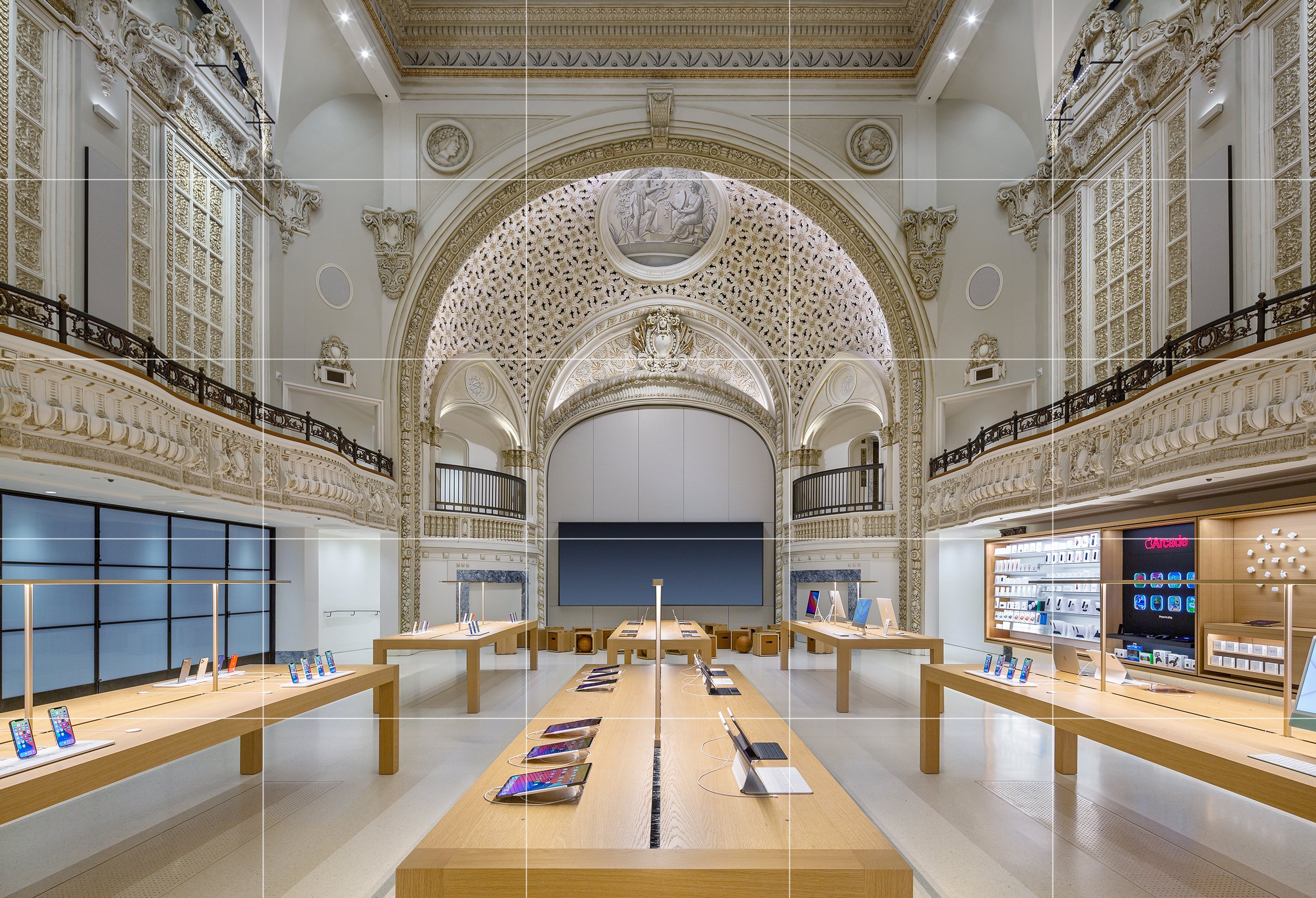Giovanni Battista Piranesi
Architectural photography can trace its roots as far back as the renaissance to artists like Hans Vrederman de Vries who were among the first to draw in perspective. The development of the camera obscura in the latter half of the 16th century was a popular drawing aid enabling accurate perspective in drawing and painting. By the time we reached the 18th century the well known engravings of artist / architect Piranesi of a dilapidated Rome could be considered a master class in architectural composition. Fast forward to today’s technology and images are now produced with modern digital cameras and manipulated with computers. While the technology is ever changing, the rules of classical composition remain the same. It is the answer to the question of how to guide the the viewer’s eye through the frame in the most pleasing, harmonious way possible. Leading lines, the use of verticals, color, contrast, atmosphere, etc. are all elements that can be employed in the creation of a photograph.
Ganahl Lumber
Aids to Composition
The rules of classical composition were established long ago, and today’s photographers would do well to study the past masters and apply that knowledge. Sadly, many photographers entering the field are unaware of or do not care to learn about art history, having had no formal training in either photography or art analysis, unless you count watching a few youtube videos. It is at this level where the true professional shines, delivering consistent well composed, high quality images time and again vs. a snapshot artist that gets lucky once in a while.
Many are familiar with the rule of thirds. Indeed some camera manufacturers even include a grid with those divisions. And information about this “method” is plentiful on the internet.
The hope is that you will place the important part of the composition where the lines intersect. This encourages an off center subject and is a good start, but the rule of thirds is pretty simplistic and if you want to take composition to the next level, I would suggest using the 14 line harmonic armature or the fibonacci spiral for a guide.
Since this is a blog post and not a treatise on the subject, I’m just scratching the surface of this complex subject. What follows are a few examples.
The golden ratio as applied to artistic composition is really a far superior way to divide the rectangle in my view. Above is Sandro Botticelli’s Birth of Venus to illustrate the point. And below is an interior I composed using the fibonacci spiral in a similar fashion in this off axis viewpoint. The star here is the converted Chevy reception desk carefully placed in the frame to balance out the rest of the interior. The 35mm aspect ratio is 1:1.5 and the golden ratio is 1:1.618 and so if you are going this route, plan on leaving enough room to crop the image.
United Pacific Oil
Axial Viewpoints
The curve at West Angeles
On-axis or one point perspective compositions are the bread and butter of architectural photography. Symmetry in a building can be emphasized with this, and it can also be used to good effect in interiors, bringing a measure of clarity and order to a busy scene. Speaking as a Libra, I find balanced one point compositions calming.
Harmonic Armature showing the major anchor lines. Strong horizontals balance the verticals on a 5 story building.
Apple Tower Theater | Using an axial viewpoint to organize and clarify a busy interior. A simple grid of 5ths helps with perfecting the alignment.
Along with axial viewpoints comes a sort of sub-genre of minimalism and how the application of a frame within a frame composition will emphasize essential elements. Here the emphasis is on the cantilevered desk, shot on-axis and framed within the structural elements. Below, a harmonic armature reveals where the anchor lines fall.
Hotel Lobby
I’m not suggesting that photographers carry a grid around with them, however after enough study and analysis of artistic masterworks as well as critical analysis of their own work, these design principles will become absorbed and begin to inform your compositions. Use of the harmonic armature in post is a great aid in cropping an image.









